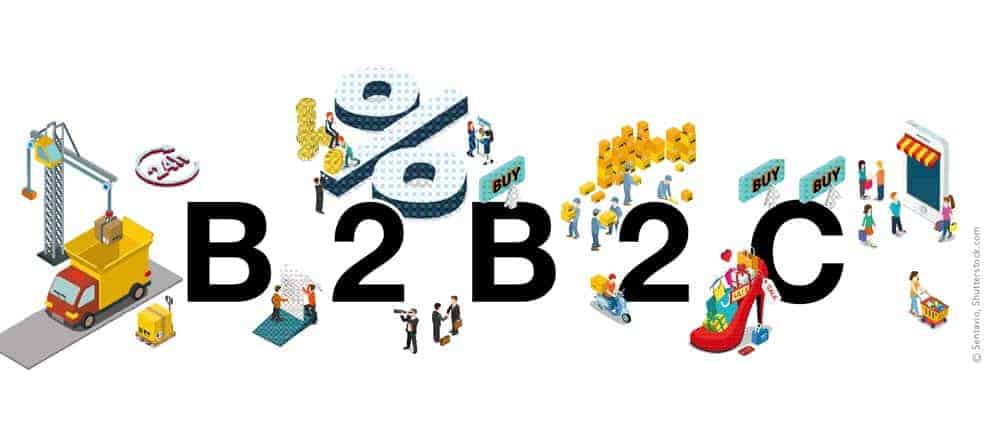Long overdue: digitization in B2B purchasing means networking via the cloud


Amazon, Google and Uber have shown the way, and the age of traditional SRM and on-premise solutions has long since passed its zenith. Networking platforms from the cloud are the trend.
How digitized and networked are business processes in purchasing today? In our latest study, we joined forces with Niederrhein University of Applied Sciences and the German Association of Materials Management, Purchasing and Logistics (BME) to ask 438 purchasing managers - including many who already use SAP as an ERP solution - about the relevance of digital networks in purchasing.
Result: A large majority hopes for clear market opportunities and wants to invest more in this area.
What buyer wouldn't want an open, neutral and non-curated platform that evolves freely, on its own, dynamically and agilely. The platform age has long since begun.
And anyone who shies away from this development will sooner or later lose out in the market. Prof. Willi Muschinski, head of the study and lecturer in procurement management at the Niederrhein University of Applied Sciences, is absolutely right in his prediction:
"Multi-level trade will become increasingly less important in the near future. The automation of procurement processes and the end-to-end networking of buyers and suppliers are crucial to competitiveness, especially for medium-sized companies.
Traditional 1:1 customer-supplier relationships are becoming n:n network relationships with multiple suppliers, demanders and maximum expertise for all parties as a result of a growing digital procurement market."
Overall, it can be said that companies attach great importance to digital procurement networks within their digitization strategy: 83 percent of all survey participants consider procurement networks to be important.
For more than half of the respondents, procurement networks are even very important. It is therefore hardly surprising that the willingness to invest is relatively high among those surveyed: 83 percent intend to invest more in digital procurement networks before the end of 2018.
What's encouraging here is that the positions are not just placeholders on the digital agenda; according to our study, almost half have already budgeted for these investments. I am certain that well-connected companies will continue to extend their lead in the future.
B2C has led the way, and the trend in B2B is also increasingly moving towards agile networking and collaborative working. The Onventis study shows that collaborative processes between buyers and suppliers already exist, but there is often a lack of end-to-end digital support along the entire supply chain.
The goal should be full automation of procurement. Because electronic networking and communication significantly shorten coordination processes and decisively optimize process costs.
The performance of procurement platforms is therefore primarily to simplify the coordination processes in order to achieve better market performance for all network partners.
The advantages of networks in purchasing lie on both sides: Intensive market research prior to invitations to tender is a thing of the past for buyers, for example, because the right suppliers for the items they are looking for are displayed directly.
The resulting transparency also increases decision-making authority in purchasing. For suppliers, in turn, new market opportunities open up. They present themselves in the network with high-quality content and thus offer buyers a top selection.
Everyone benefits from everyone! This is exactly what procurement networks, such as the Onventis Cloud Procurement Network, aim to do: digitize operational and strategic purchasing processes and connect all participants to the maximum.




